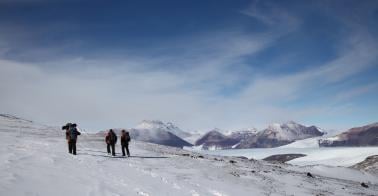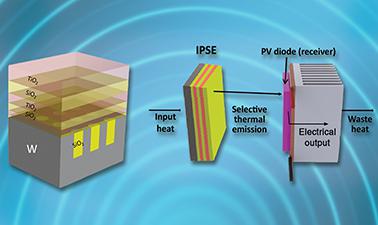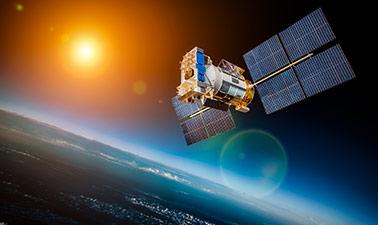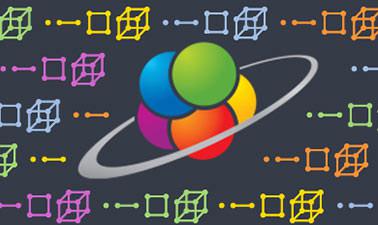Online Moon simulations will help us to learn more about some of its characteristics and, in particular, the lunar phases.
The Moon, the Earth’s only natural satellite, has been the object of fascination and study for thousands of years. With a diameter of approximately 3,474 kilometers, the Moon is about one-fourth the size of the Earth. Its surface is covered with craters, mountains, valleys, and lunar seas, which are flat, dark areas formed by ancient lava flows. The Moon has a significant influence on our planet. Its gravitational forces interact with the Earth and cause tides in the oceans.
Despite its apparent immobility in the night sky, the Moon is in constant motion. It orbits the Earth in a cycle of approximately 27 days and 7 hours, known as the lunar month, and as it orbits around the Earth in a cycle of approximately 27 days and 7 hours, known as the lunar month . As it orbits around the Earth, the relative position of the Sun, Earth and Moon creates different appearances of the Moon in the night sky, giving rise to the different phases of the Moon: such as the full Moon, crescent, new Moon and waning quarter. In addition, the Moon is gradually moving away from the Earth at a rate of approximately 3.8 centimeters per year due to tidal energy transfer.
The Moon has been the subject of human exploration. In 1969, the Apollo 11 mission brought the first astronauts to walk on the lunar surface, with Neil Armstrong and Buzz Aldrin becoming the first humans to set foot on the Moon. Over the years, several space missions have conducted scientific investigations on the Moon, collecting samples of lunar rocks and conducting studies on their composition and origin.
Continued exploration and study of the Moon has revealed valuable information about the formation and evolution of celestial bodies in the solar system. Currently, the Moon has also attracted interest in terms of future exploration and colonization. Several countries and private companies have plans to establish lunar bases and use lunar resources to support space exploration and potentially as a springboard for future missions to other planets.
Online Moon simulations on tghis page, show us some of the most important features of our closest neighbor in the universe. Try them out!
Explore the exciting STEM world with our free, online simulations and accompanying companion courses! With them you'll be able to experience and learn hands-on. Take this opportunity to immerse yourself in virtual experiences while advancing your education - awaken your scientific curiosity and discover all that the STEM world has to offer!
- Phases I
- Phases II
- Hidden
- Size
Phases of the Moon I
Only the Sun produces light by itself. The Earth and Moon only reflect the light they receive from the Sun. Because the Earth and Moon are round, areas that receive sunlight appear bright and areas that do not receive sunlight appear dark. Notice how the illuminated area of the Moon changes as the lunar cycle progresses.
Phases of the Moon II
Only the Sun produces light by itself. The Earth and Moon only reflect the light they receive from the Sun. Because the Earth and Moon are round, areas that receive sunlight appear bright and areas that do not receive sunlight appear dark. Observe in this online Moon simulations how the phases of the Moon are generated by changing its position with respect to the source of the light.
Hidden side of the Moon
Why do we only see one side of the Moon? This is because the rotation speed of the Moon and its translation speed with respect to the Earth is the same and that makes that, from the Earth, we always see the same face of the Moon.
Actual sizes of the Earth, the Moon and its orbit
The last of these online Moon simulations, allows us to see to scale what is the size of the Earth, the Moon and the Moon’s orbit around the Earth..
Earth Sciences courses


Introduction to Deep Earth Science



The History of Ancient Environments, Climate, and Life



Sensing Planet Earth – Water and Ice



The History of Ancient Environments, Climate, and Life



The Radio Sky II: Observational Radio Astronomy



The Radio Sky I: Science and Observations



Our Place in the Universe

Other courses


College Algebra and Problem Solving



Polynomials, Functions and Graphs



Electricity and Magnetism, Part 1



Antarctica: From Geology to Human History



Cavity Quantum Optomechanics



Minerals and Mining in a Sustainable World



Advanced Fluid Mechanics 2: The Navier-Stokes Equations for Viscous Flows



Nanophotonic Modeling















